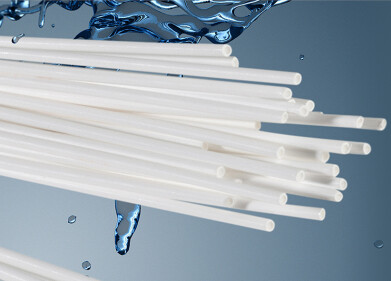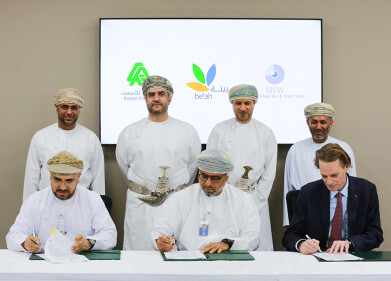Waste management
Is China to Blame for South Korean Pollution?
Feb 21 2019
January 2019 was a month of suffocating pollution and a thick fog of fine dust for South Koreans. From 10th January, pollution levels in the country’s capital, Seoul, were abnormally high, causing health issues for locals and keeping residents indoors. But who is to blame for this thick layer of fog? Read on as we take a closer look…
Dangerous pollution levels
A cloud of fine dust covered much of the capital for around a week, causing South Korean government officials to issue warnings, urging residents to stay indoors and wear face masks if travelling outdoors is necessary. The emergency warnings and counteractive measures were launched across 10 major metropolitan cities and provinces in an attempt to reduce the dust, including limiting vehicles on the road and reducing output at key public emissions facilities.
The dust levels in the Seodaemun district in western Seoul were recorded at a staggering 153 micrograms per cubic meter, over double the 76-microgram level considered to be “very bad”. Many other areas were also recording extremely high levels, including Wonju with 171 micrograms of ultra-fine dust and Cheongju with 162 micrograms. These high pollution levels, which are even visible to the naked eye, can cause health issues for locals, with one resident claiming “The air is so murky and my throat hurts that I even feel depressed”.
Who is to blame?
It’s not the first time South Korea has suffered with high dust levels and pollution. It’s become almost a common occurrence over recent years, with some residents placing the blame on industrial areas in China.
While there is no concrete evidence or studies linking South Korea’s dust levels with China, Dong Jong-in, a professor in the Department of Atmospheric and Environmental Sciences at the University of Seoul, says “as coal fuel use increases in China, patterns of ultrafine dust rise when west-winds blow”.
He also believes that the pollution levels have worsened year-round, claiming “in the past, this was only a problem in winter, but the dusty season has widened to the late autumn and spring”.
Resolving the issue
Over the past month, South Korea has been trying a variety of methods in an attempt to reduce the thick dust and clean the air in the major cities. One such attempt involved a plane crossing the Seoul airspace, carrying silver iodide, a chemical that helps water droplets form in clouds, aiming to induce rain. However, the Korea Meteorological Administration (KMA) said the initial results were “disappointing” and that “there was no observation of significant precipitation”.
A professor at Gangneung-Wonju National University, Kim Byung-gon, believes that utilising cleaner fuel, reducing vehicle emission pollutants and addressing factory pollution is the only solution to the ever-growing pollution problem in South Korea and China.
If you want to read more about minimising the impact of pollution, read the article ‘New Guidance Uncovers Answers Around Working with Asbestos in Soils’.
Events
Apr 15 2025 Moscow, Russia
Apr 21 2025 Shanghai, China
May 11 2025 Vienna, Austria
May 18 2025 Algiers, Algeria
23rd International Water Management Exhibition
May 20 2025 Prague, Czech Republic














